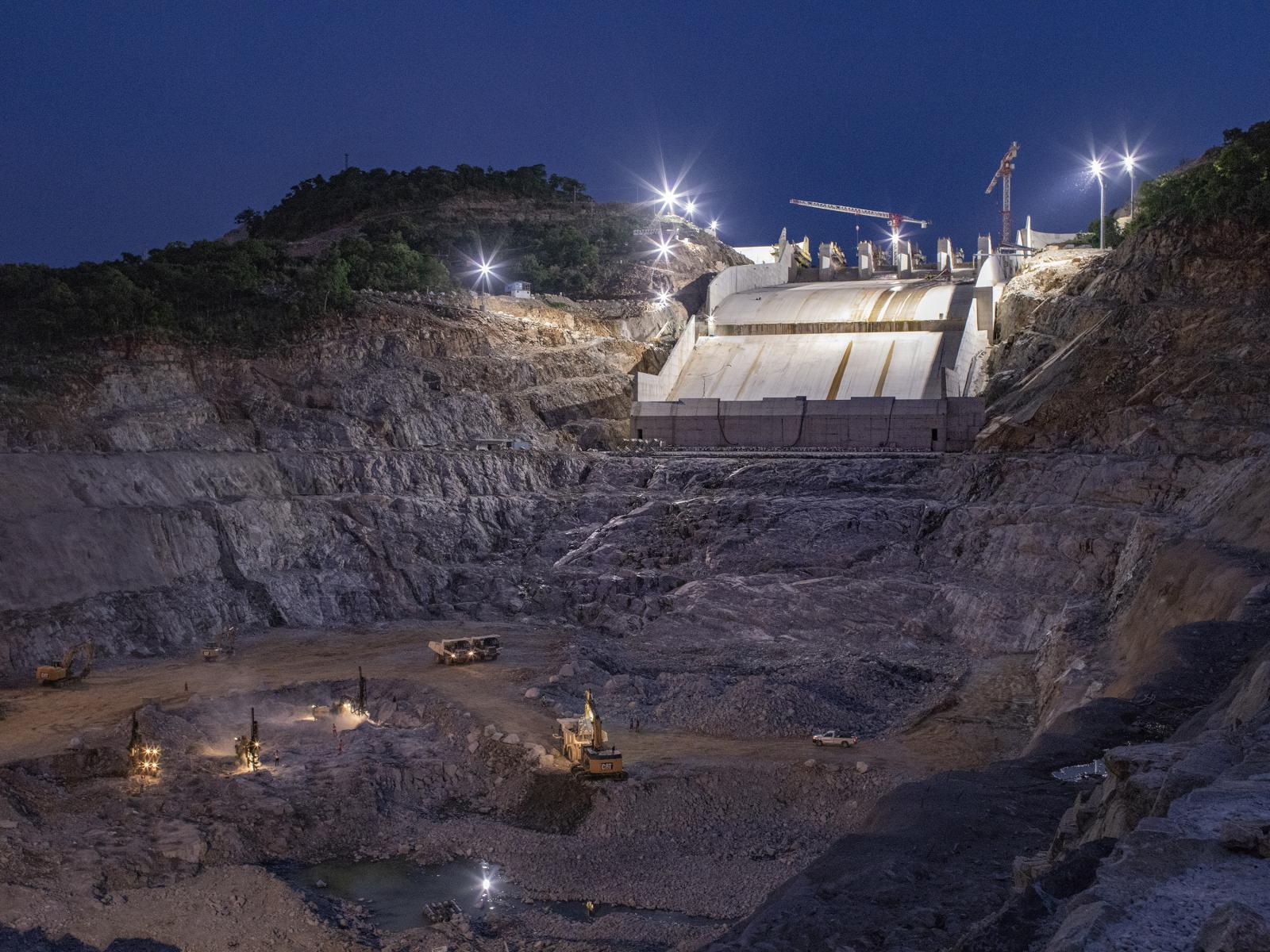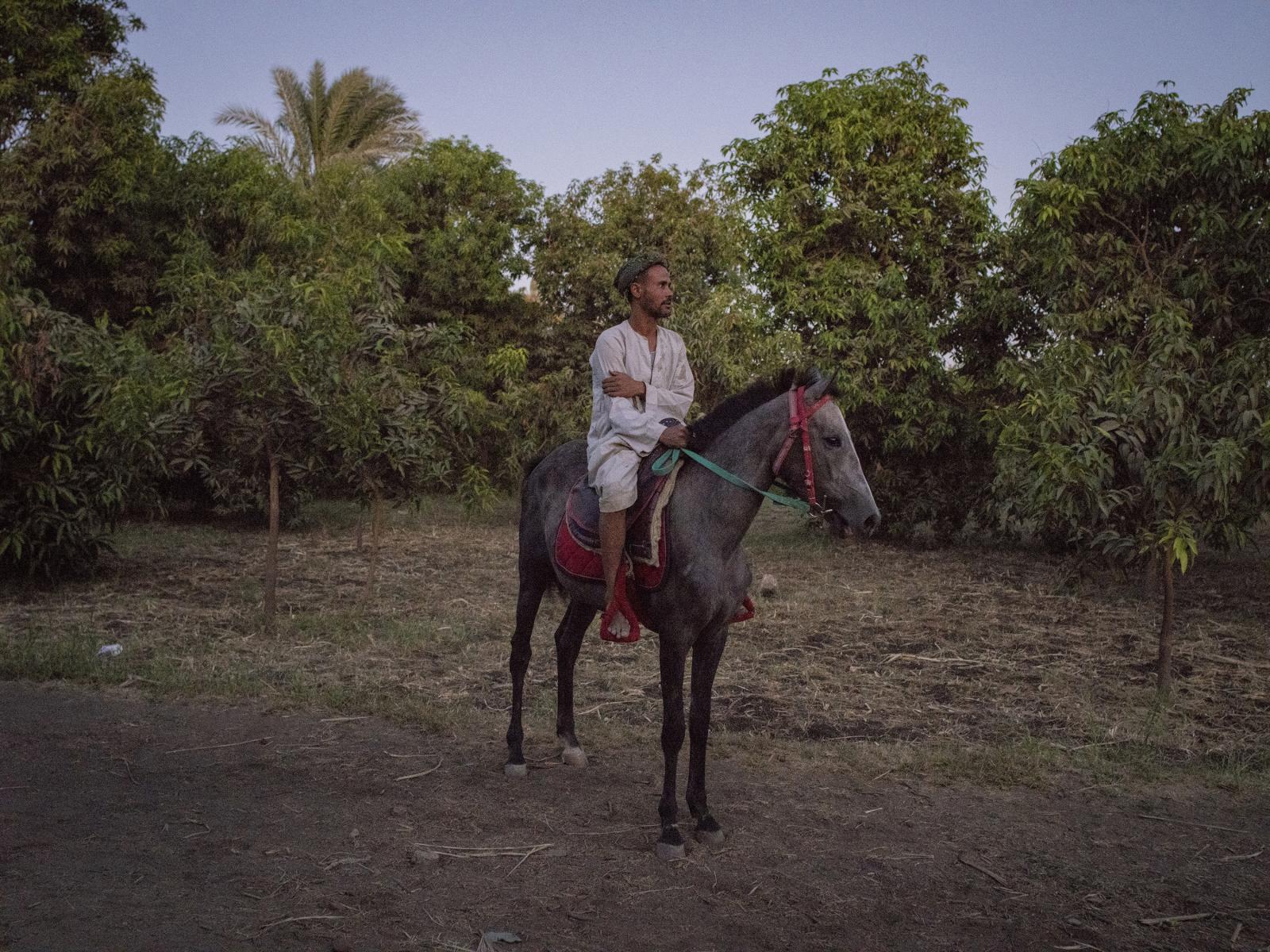For the past 20 years, I have been documenting stories of women living in geographies of war, economic inequality, and social marginalization. I have traveled across the globe to document their resistance, courage, and resilience. In that time, I have witnessed how women, under the most difficult and inhumane of circumstance, still find ways to build homes, raise children, and find economic autonomy against all the odds. The stories of women have mattered to me not just because of their importance, but because they resonate powerfully with me, as I experienced similar situations. As a child to Palestinian refugee parents, I have built a career as an editor, and photographer in countries that were not home to me, and against the expectations of my family, and society. My work, particularly my personal projects, reflect my deep emotional and personal understanding of the struggles and aspirations of the women I work with.
Entering a woman’s world is a fragile and carefully negotiated process, particularly in situations that foster physical and emotional vulnerability. One needs patience and sensitivity to work in such spaces, to win trust, build a connection, and persuade the women to collaborate. Whether working with Balaraba, who survived the brutal campaigns of Boko Haram in Nigeria, or Mariam, who survived the ruthless Syrian government prison torture, and Khadijah who was left behind in her remote village in Senegal to feed 30 members of her family. I have had to enter worlds where fear and doubt were my first challenges, and overcoming them was essential before even a photograph can be made.
Perhaps the worst pressure came in Egypt, where I spent four weeks on a story about a major crisis on the Nile that could see the country’s water supply drastically reduced. With the increased crack down on journalists by the Egyptian government, I had to carefully navigate the streets with a fixer, who ended up as more of a bodyguard, watching my back while I was shooting. I sensed a growing hostility to journalists and deepened distrust among people. I couldn’t stay more than 30 minutes in some locations. We were stopped by informers few time, and it was extremely hard to convince women to be published, as they feared government retaliation if their images ended up on the internet. And for those who accepted, they often asked for financial compensation.
But being a woman photographer poses its own professional and personal challenges. Our profession remains largely a male dominated one. I have seen how it is still difficult to many of my female colleagues to break into the men’s network of editor’s, publishers, and curators to build sustainable and successful careers. This places great pressure to produce work that reveals the many ways in which a woman photographer is not just equal to her male colleagues, but can find ways of producing works that could only be possible by the unique access a woman can achieve.
My career overlapped with Anja’s, though sadly, we never met. We worked close to each other in Baghdad, as two female photographers and photo editors. The people I see in Anja’s photos in Sarajevo under siege, in Kabul during an uneasy peace are not victims. They are survivors. Their triumph not their defeat shines through her images. We don’t feel sorry for the people we see in her pictures but we feel empathy. They are role models and examples for all of us to learn from.












